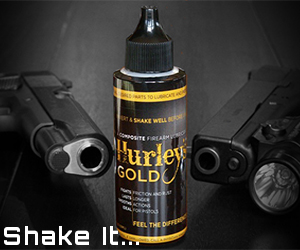rushthezeppelin
TGT Addict
I recently picked up the PA 4-14x FFP R-Grid reticle scope and finally got a chance to take it out to BOTW today. One thing that I thought was a bit odd though was how I pretty much had to max out the parallax adjust at 750 and still wasn't getting completely parallax free, only about a 1/8th mil variation but still noticeable. At 1k it was getting closer to half a mil of variation. Does this possibly mean I set my diopter wrong? I tried to follow the instructions on setting up the diopter ring properly but really had a tough time finding a spot where it obviously seemed to be in focus (I think part of this might be that I possibly need to see an opthamologist). Should a properly set diopter ring mean the distances listed on the parallax adjustment would be more on target? The scope does have a 1k listing on the parallax adjustment right before the infinity setting so I'm confused whether this is user error or manufacturer error.
The good news is it didn't seem to affect me too badly as I did manage a fair number of hits at 750 and even got one hit at 1k today. Lucky me that the wind was a scant 1-3mph today
The good news is it didn't seem to affect me too badly as I did manage a fair number of hits at 750 and even got one hit at 1k today. Lucky me that the wind was a scant 1-3mph today








